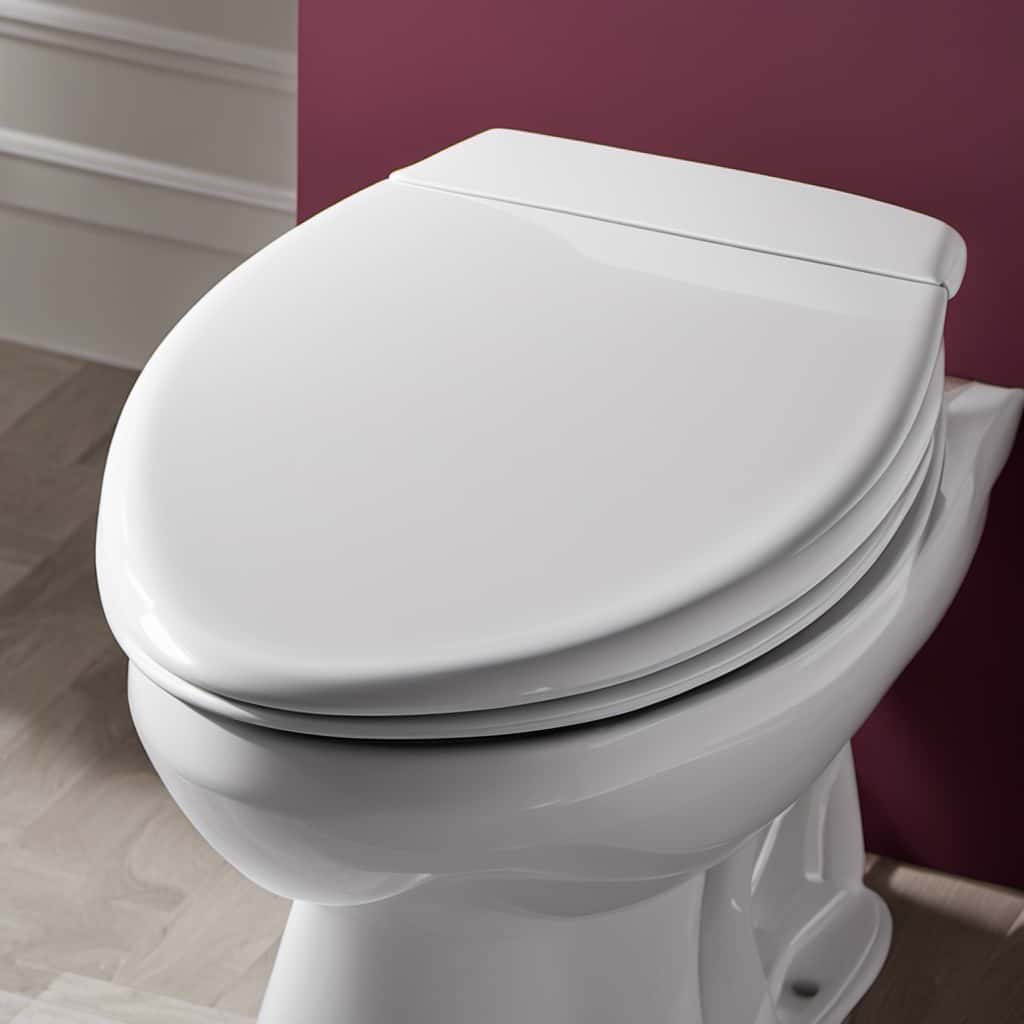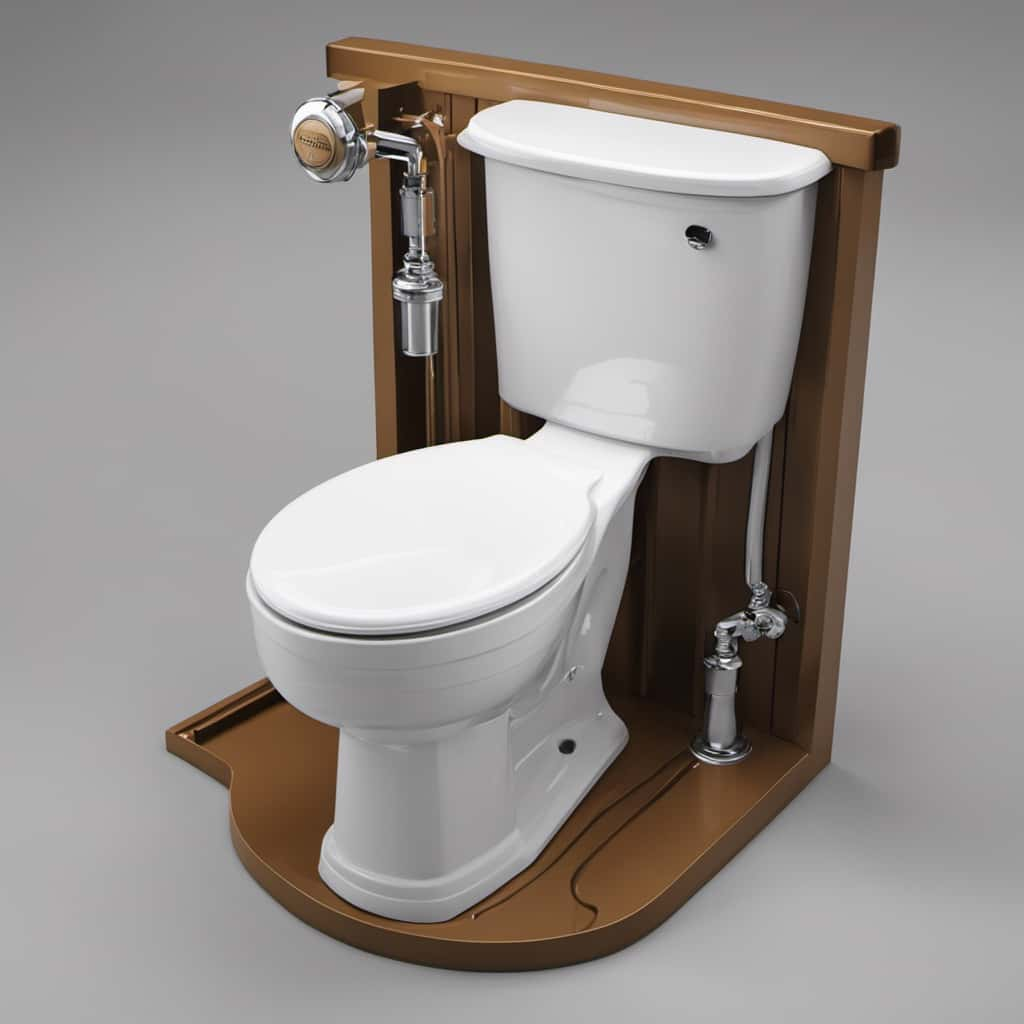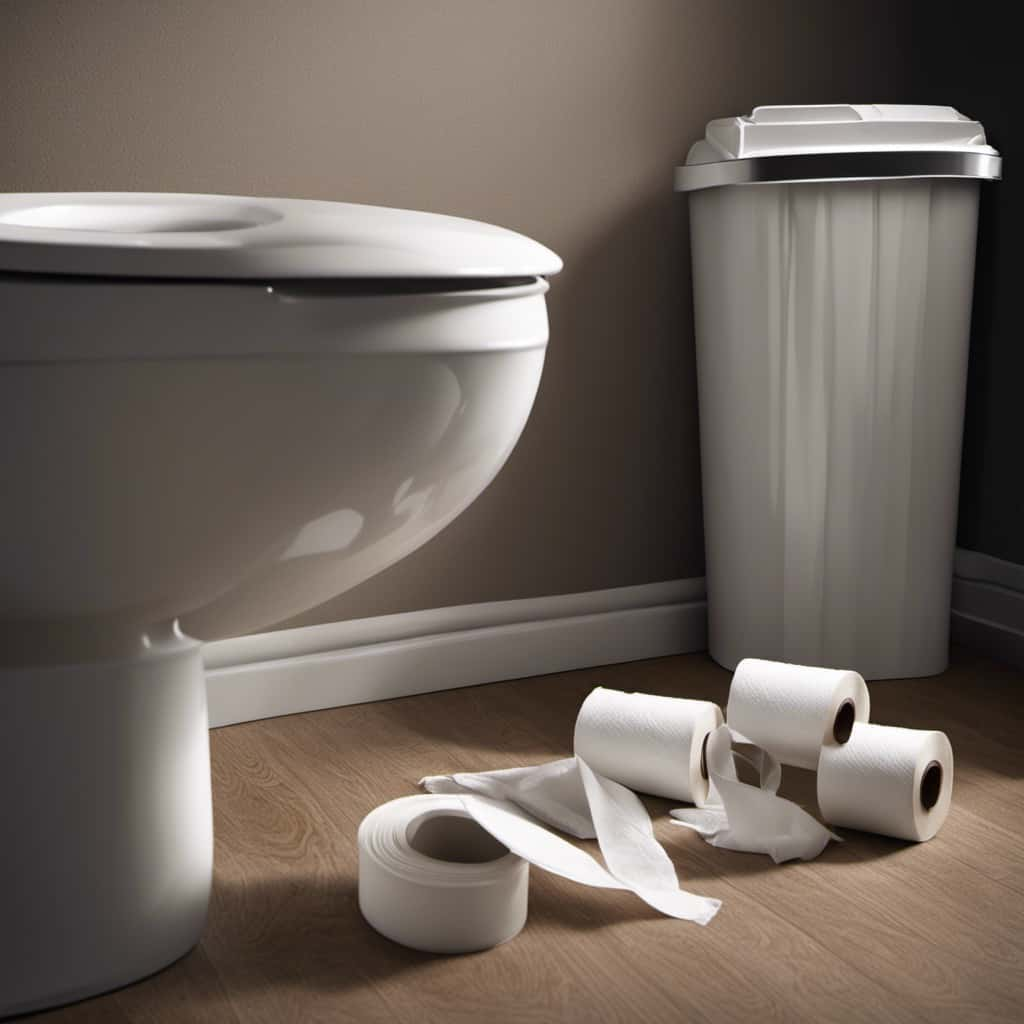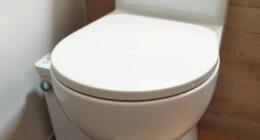Have you ever accidentally sent something down the toilet flush? It’s a scenario many of us have faced, frantically pondering whether retrieving our valued possession is at all possible. But worry no more!
In this article, we will explore the fascinating world of toilet flushing and uncover the secrets to retrieving lost treasures. From understanding the flushing process to immediate steps you can take, we’ll provide you with practical techniques and professional methods to help you recover what’s been flushed away.
So let’s dive in and master the art of toilet retrieval!
Key Takeaways
- Flushing non-flushable items can lead to blockages and costly repairs.
- Responsible toilet use involves flushing only toilet paper and human waste.
- The size and weight of the flushed object affect the chances of retrieval.
- Professional plumbers possess the skills and tools for effective retrieval.
Understanding the Flushing Process
To understand the flushing process, we need to go through the step-by-step journey of how our waste is whisked away from the toilet bowl and into the sewage system. The efficiency of this process is greatly influenced by toilet design. A well-designed toilet ensures a powerful flush that effectively removes waste and keeps the system running smoothly. On the other hand, a poorly designed toilet may result in clogs, backups, and inefficient flushing.
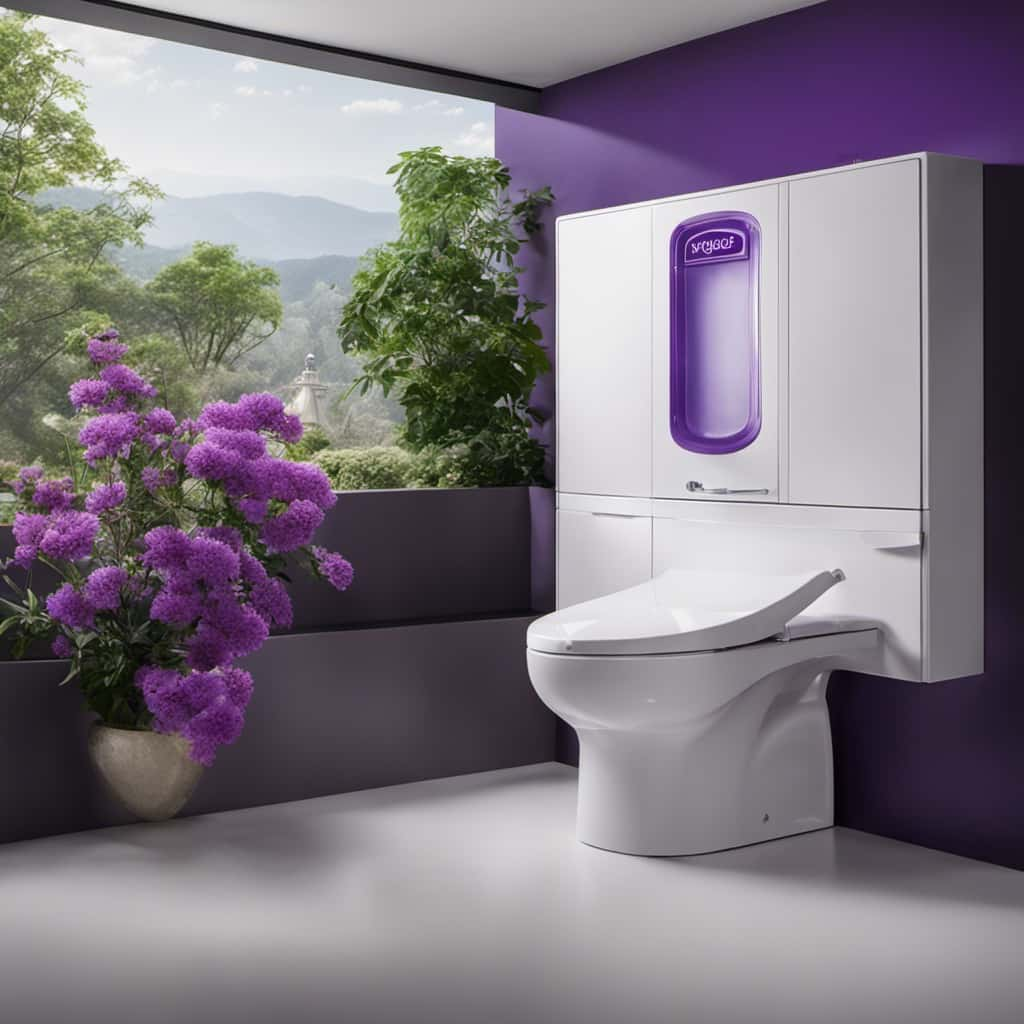
Additionally, it’s crucial to understand the environmental consequences of flushing unwanted items down the toilet. Flushing items like wipes, tampons, or medications can lead to clogs in the sewage system, causing blockages and costly repairs. It can also contribute to water pollution and harm aquatic life.
Therefore, it’s essential to use toilets responsibly and only flush toilet paper and human waste to maintain the efficiency of the system and protect the environment.
Assessing the Likelihood of Retrieval
As we continue our exploration of the flushing process, let’s delve into assessing the likelihood of retrieving something flushed down the toilet. When it comes to the probability of successful retrieval, several factors come into play:
- Size and weight of the flushed object: Smaller and lighter objects have a higher chance of being flushed away completely, making retrieval less likely.
- Water volume and force: The amount of water flushed and the force with which it flows can determine whether the object is pushed further into the plumbing system or remains closer to the toilet bowl.
- Plumbing configuration: The layout and design of the plumbing system can affect the chances of retrieval. For example, objects may get caught in bends or traps, making it easier to retrieve them.
Considering these factors, the chances of successfully retrieving something flushed down the toilet may vary. It’s important to assess the situation carefully and consult a professional plumber if necessary.

Immediate Steps to Take After a Flush
After a flush, we should immediately assess the situation and take necessary steps to address a potential toilet clog. Here are the immediate steps to take after a flush:
| Step | Action | Explanation |
|---|---|---|
| 1 | Stop Flushing | Continuing to flush may cause the toilet to overflow, worsening the clog. |
| 2 | Identify the Problem | Determine if the clog is due to an object or excessive toilet paper. |
| 3 | Call Plumbing Services | If the clog persists, it is best to seek professional assistance to avoid further damage. |
Taking immediate action is crucial in preventing a minor clog from turning into a major plumbing issue. By stopping flushing, you can prevent the water level from rising and potentially overflowing. Identifying the problem allows you to address it accordingly, whether it requires dislodging an object or using a plunger. However, if your attempts are unsuccessful, it is wise to call plumbing services to avoid causing more damage to your toilet or plumbing system.
Professional Methods of Retrieval
One option for retrieving an object flushed down the toilet is to hire professional plumbers. These experts possess the necessary skills and tools to perform underwater retrieval effectively. Here are three professional methods they might use:
- Drain Camera Inspection: Plumbers can use specialized cameras to identify the location of the flushed object within the plumbing system. This allows them to determine the best course of action for retrieval.
- Hydro Jetting: By using high-pressure water jets, plumbers can dislodge the object from the pipes and guide it towards a more accessible area for retrieval.
- Pipe Disassembly: In some cases, plumbers may need to partially or fully disassemble the toilet or the plumbing system to retrieve the flushed object, ensuring minimal damage to the surrounding fixtures.
Preventing Future Mishaps
To prevent future mishaps, we can take a proactive approach in maintaining the functionality of our toilets.
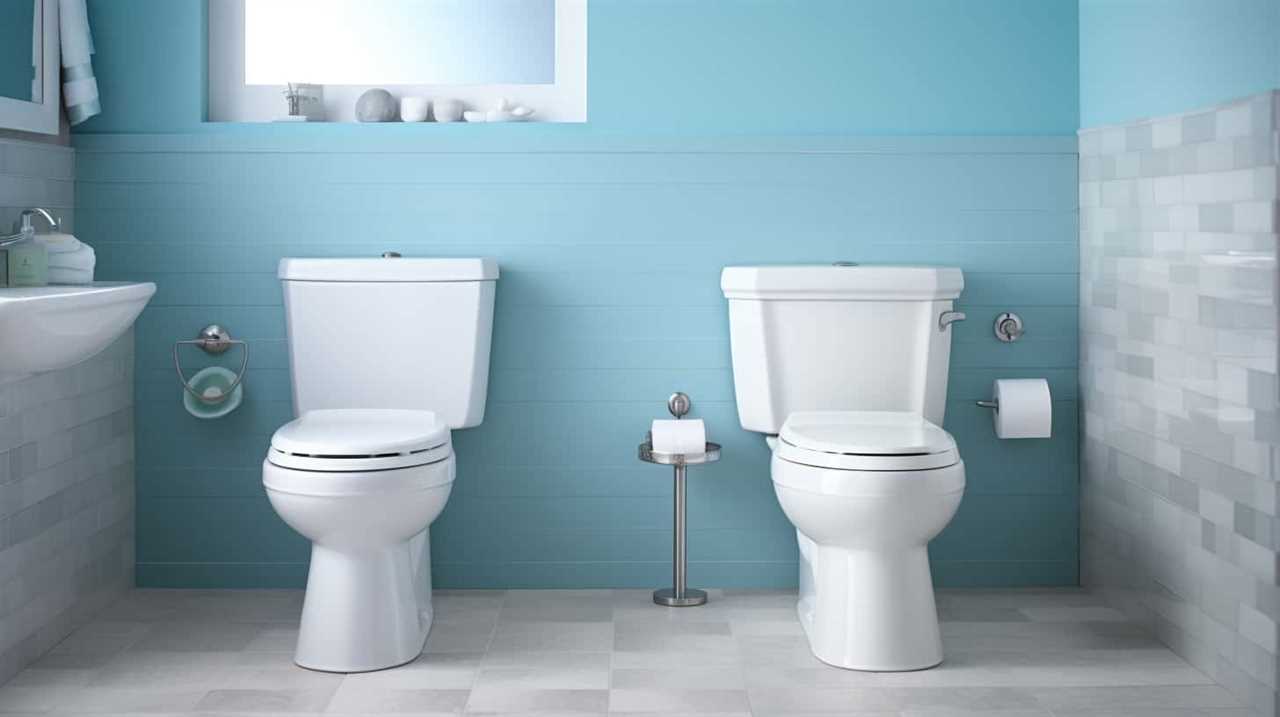
One of the key aspects of preventing accidents involves childproofing measures. Installing toilet seat locks or latches can prevent young children from lifting the seat and potentially dropping items into the toilet bowl.
Additionally, it’s essential to educate children about the proper use of toilets and the importance of not flushing objects down them.
Regular maintenance is crucial as well. Ensuring that the toilet flushes properly and checking for any signs of blockages or leaks can help avoid situations where objects may accidentally get flushed.
Frequently Asked Questions
Can I Use a Plunger to Retrieve Something Flushed Down the Toilet?
Yes, we can use a plunger to unclog a toilet, but it may not be effective in retrieving something flushed down. Common causes of toilet clogs include excessive toilet paper or foreign objects.
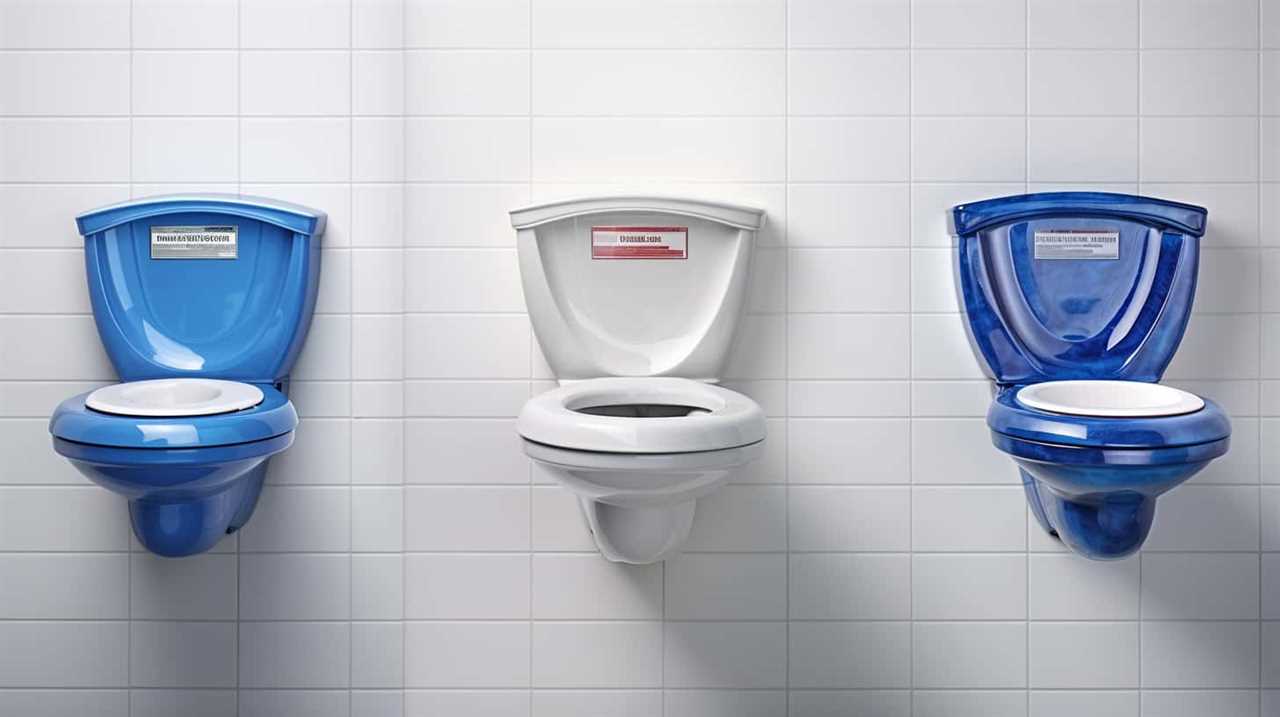
Is It Possible to Retrieve Items That Have Been Flushed for a Long Time?
Yes, there are professional retrieval services that specialize in retrieving flushed items. However, if you prefer a DIY approach, some creative and unconventional methods include using a plumbing snake or vacuum cleaner with a hose attachment.
Can I Use a Plumbing Snake to Retrieve Something Flushed Down the Toilet?
Yes, you can use a plumbing snake to retrieve something flushed down the toilet. However, if this fails, consider professional retrieval services or alternative methods such as dismantling the toilet or using a wet/dry vacuum.
Are There Any Household Items That Can Be Used to Retrieve a Flushed Item?
There are alternative methods and DIY retrieval techniques that can be used to retrieve a flushed item. We can explore these options to find practical and detailed solutions for mastering the art of retrieval.
Is There a Specific Time Frame Within Which Retrieval Attempts Should Be Made After an Item Is Flushed?
Acting quickly when retrieving flushed items is crucial to increase the chances of success. There is no specific time frame, but the longer you wait, the harder it becomes. To prevent this, always keep lids closed and educate children about toilet safety.

Conclusion
In conclusion, while the thought of retrieving something flushed down the toilet may seem daunting, it isn’t impossible. By understanding the flushing process and assessing the likelihood of retrieval, immediate steps can be taken to increase the chances of success.
However, it’s always advisable to seek professional assistance for more complex cases. Remember, prevention is key! So let’s be cautious and ensure that future mishaps are avoided altogether.
